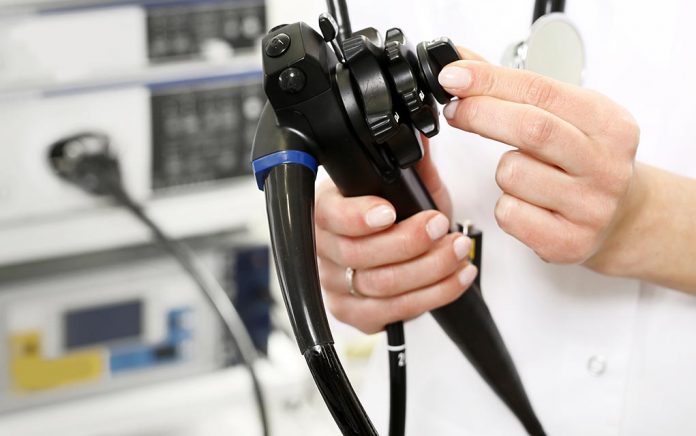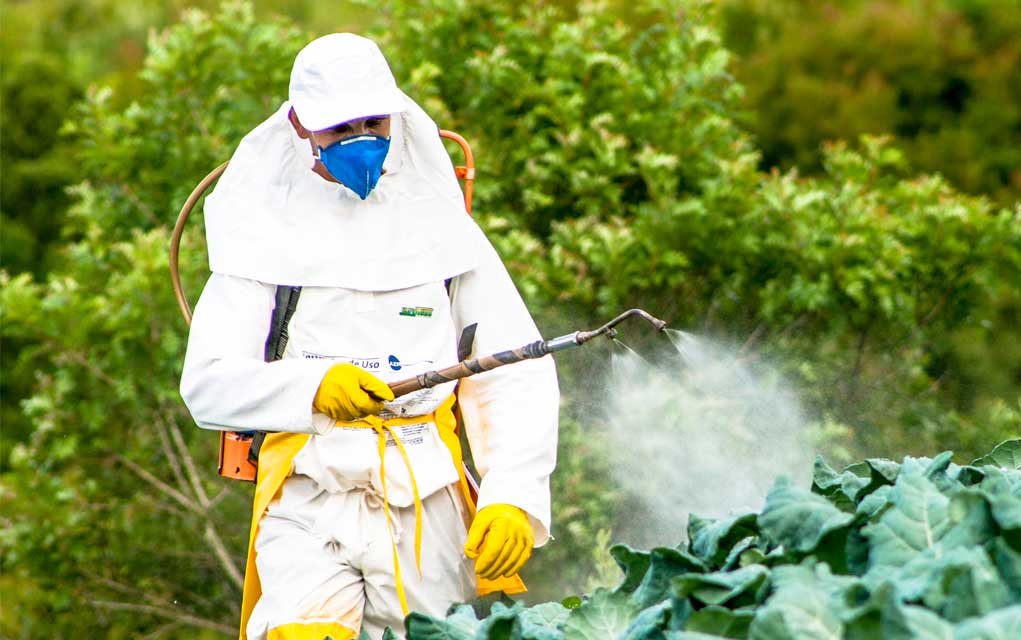
Colonoscopy Pros and Cons
(WellnessPursuits.com) – The American Cancer Society estimated over 50,200 people died in 2017 due to colorectal cancer, making it the third highest cause of cancer-related deaths. Doctors recommend everyone over 50 get screened, but there’s more to colorectal cancer screening than colonoscopy. We think it’s important you know about your other options, as well as the risks involved with having a colonoscopy.
Explore Your Options
Yes, colon cancer screenings should begin at age 50, but that doesn’t mean you need to jump straight to a colonoscopy. A lot of us are never informed about our options and avoid colorectal cancer screenings because we are afraid of invasive tests.
If your cancer risk is normal, you can begin with fecal occult blood testing (FOBT), which tests for blood in your bowel movements. Doctors recommend people over 50 have this non-invasive test once a year, but not nearly enough people use it. One study found only 14 percent of those of us told to take the test yearly actually do so.
Another non-invasive test is the cologuard. It’s a test on your stool that you collect in the privacy of your home and your physician can order for you. Its goal is tell you if you have colon cancer now or not. That is not the only goal of the colonoscopy, so the cologuard does have limitations. The colonoscopy is looking for cancer lesions, sure, but it’s also looking for polyps which are a precursor to colon cancer. If the gastroenterologist finds polyps, he removes them and lessens the risk of them turning into cancer.
You can also have a sigmoidoscopy performed, which is slightly less invasive than a colonoscopy. Both use a thin, flexible tube with an attached camera to view the rectum; whereas a flexible sigmoidoscopy only looks at about two feet of large intestine, a colonoscopy investigates the entire colon. Doctors recommend those of us with normal cancer risk have a flexible sigmoidoscopy every five years.
Colonoscopy Risks
It’s not something any of us want to think about, but one in every 1,000 colonoscopies will result in death, with one in every 350 causing serious damage. Sigmoidoscopies are ten times less likely to result in complications. Both procedures can cause perforation of the colon. People with adhesions from pelvic surgery or certain conditions, such as diverticulitis, are at increased risk for complications.
Further complications can arise from the anesthesia, and many advise to use the lowest amount of sedation possible. The harsh laxatives required as part of the preparation for either procedure can also leave the gut flora imbalanced, which can lead to illness.
Perhaps worst of all, the scopes used in the procedure can put you at a high risk of infection. To save money, up to 80 percent of clinics use glutaraldehyde (Cidex) to clean the scopes, and it’s not totally effective. This means that the scope used in your procedure subjects you to the same infectious matter that was inside the last patient!
Authorities recommend that you make sure your clinic cleans their instruments using peracetic acid, not glutaraldehyde (Cidex)! Don’t hesitate to ask your doctor about this. It can save your life.
It’s important you not avoid colorectal screenings, but it’s just as important for you to be informed so you can make the right choices for yourself. If you’re at normal risk for colorectal cancer, you may not need a colonoscopy for years to come. Always tell your doctor about strange symptoms, no matter what your age, and discuss your personal screening routine with your doctor.
Copyright 2024, WellnessPursuits.com















